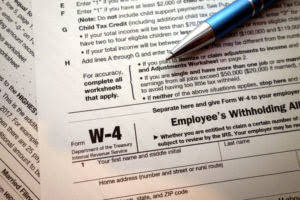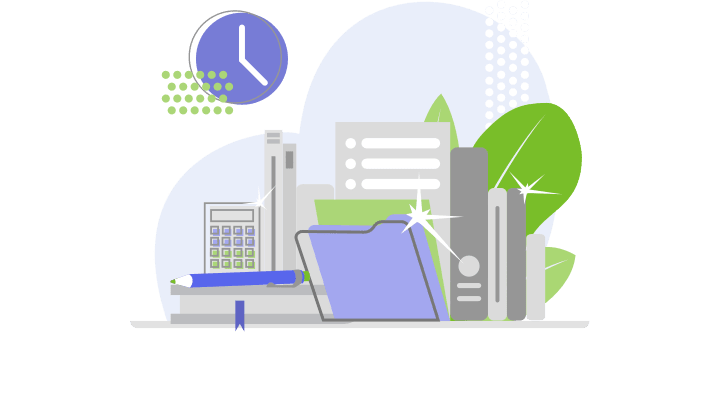As we continue to walk our way down the balance sheet, we come to noncurrent assets, the first and most significant of which is PP&E. At almost $23 billion, PP&E composes almost half of the total assets of $51 billion. Regardless of the company you’re analyzing, plant assets tend to be those held for long-term use and depreciated over their useful lives.

Understanding Depreciation
- This is crucial to consider when buying land for a business since it might mean the difference between a long-term profit or loss.
- The goods you can include in this category are usually useful assets that help your business well.
- There are different ways through which a company can provide for reducing the cost of the asset.
- Many business entities use different depreciation methods for financial reporting and tax purposes.
- Accounting rules also require that the plant assets be reviewed for possible impairment losses.
- Plant assets are a group of assets used in an industrial process, such as a foundry, factory, or workshop.
Plant assets represent the what are retained earnings asset class that belongs to the non-current, tangible assets. These assets are used for operating the business functions and generating revenues in the financial periods. The IAS 16 of the IFRS governs the rules regarding recognizing and recording the plant assets in the company’s financial statements.

What you will learn to do: Identify PP&E
After almost a decade of experience in public accounting, he created MyAccountingCourse.com to help people learn accounting & finance, pass the CPA exam, and start their career. This ensures that the value of the asset is accurately represented over its useful life. The company would now adjust the carrying amount to £90,000, and depreciation would be calculated using the revalued amount. If the asset’s value is found to be impaired, the carrying amount would be reduced.
What is a Plant Asset? Definition and Real-World Examples
If there is an indication that the carrying amount (ie the historical cost) of a plant asset might have changed, an what are plant assets impairment test would be carried out. This cost would be capitalised and added to the asset’s book value on the balance sheet. Let us try to understand the depreciation and plant asset disposal methods. Depreciation is the wear and tear of the asset, which occurs due to its daily usage.


In that case, the estimated realized value of the asset is less than the actual depreciated cost appearing in the books. To be classified under the category of this kind of asset, it should be of tangible nature, which means that it should have the feature of being seen or touched. The next plant assets characteristics is that it should be able to provide benefit to the business for more than one year.
- Assets like computers and factory machines need regular upkeep to keep them running smoothly.
- Plant assets are usually expensive, long-term investments made to underpin a company’s production process.
- Any land maintenance, improvement, renovations, or construction to increase building operations or revenue generation capacity are also recorded as part of the plant assets.
- Plant assets are long-term fixed assets that are utilized to manufacture or sell a company’s products and services.
- Depreciation is the process by which a plant asset experiences wear and tear over a particular period of time.
- Here’s a rundown of the different types of assets a business can possess, and the type of assets that are considered to be plant assets.
Equipment
Revaluations every three to five years are permissible in most other circumstances, according to IFRS. Each of these types is classified as a depreciable asset since its value to the company and capacity to generate income diminishes during the asset’s useful life. In any case, owing to price and duration, property held by a company is generally the most valuable asset. The land is also an asset that is unlikely to deteriorate in value over time. Now let’s consider https://www.bookstime.com/ how asset lifespan and revenue potential play into managing plant resources effectively.. A construction company might use units of production for heavy machinery wear and tear, while an office may apply straight-line for desk computers.
Plant assets are long-term physical items a company owns and uses to make its products, like buildings, machines, and equipment. It’s important to note that the value of plant assets (other than land) depreciates over time, and each type of asset has a specific “useful life” that is defined by the IRS. The purchase and sale of plant assets would affect a company’s cash flow. Let us try to understand the difference between plant assets characteristics and current assets. Determining the cost of constructing a new building is often more difficult.
Buildings and Building Improvements
Plant assets are goods that are considered long-term assets because of their high price or worth, even if the assets depreciate. It’s crucial to recognize which of your assets are plant assets, regardless of their worth. The goods you can include in this category are usually useful assets that help your business well. Plant assets are long-term fixed assets that are utilized to manufacture or sell a company’s products and services. These are physical assets that are expected to be financially useful to a company for more than a year.